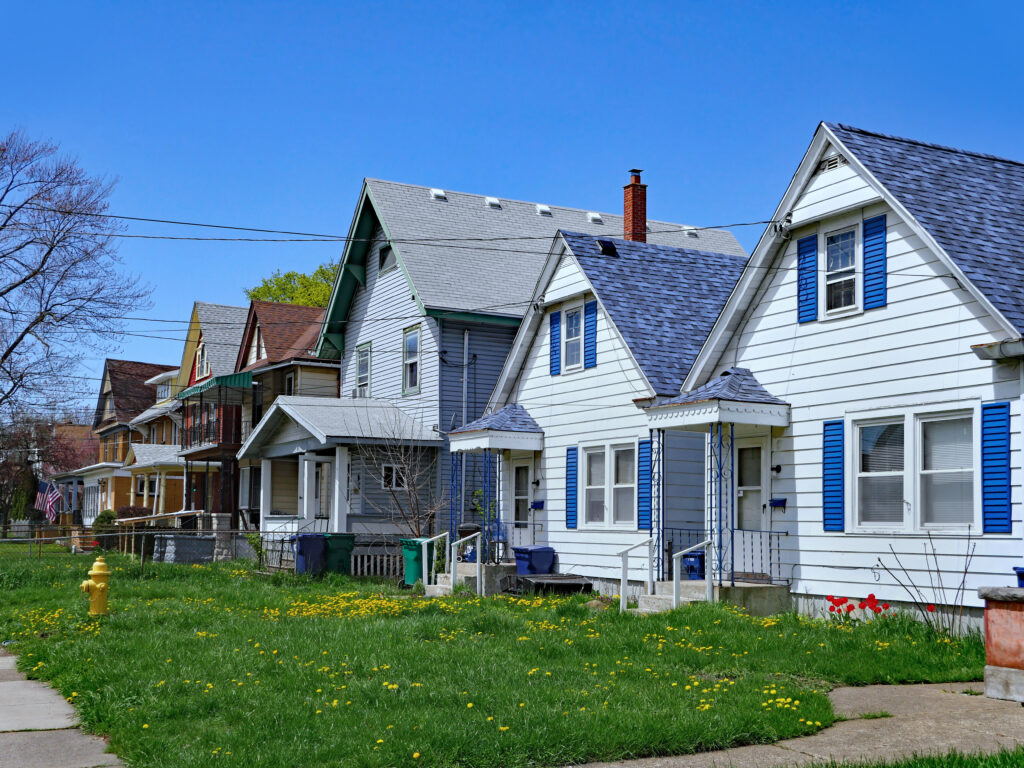Entry-Level Shoppers Face a More Competitive Market Heading Into Spring


With the 30-year fixed-rate mortgage over 6% and the recent failure of the Silicon Valley bank, the spring home shopping season is shaping up to be a cooler one. At the end of last summer, we saw that demand for homes in the lower priced tier remained strong even as the market passed an inflection point and began to cool. Interest rates have risen further since, and home prices even declined for six consecutive months.
Entry-level shoppers looking at homes in the bottom price tier can expect a tighter market this spring shopping season compared to shoppers in the middle and upper price tiers.
Home values in the bottom third of the price distribution saw 8% annual appreciation in March. Across the nation, entry-level homes have experienced the most annual appreciation from last year, led by Richmond, Miami, New Orleans, and Louisville, where low price-tier home values gained 10% since last year. Compared to pre-pandemic, entry-level priced homes have exploded in value across markets. Home values have climbed at least 60% since February 2020 in seven markets, with Tampa, Richmond, and Charlotte leading the charge.
Though it was typical for lower price-tier homes to appreciate at a faster pace compared to middle and top price-tier homes before 2020, the pandemic accelerated that growth such that buyers who were not ready or able to take advantage of historically low interest rates will find themselves in a significantly more expensive market with less purchasing power. For some buyers, this means that they are unable to enter the market at all. For others who can still afford to buy, this may mean that they set their sights on homes at a lower price point, increasing competition on the lower-priced end of the market.
On the opposite end of the spectrum, top price tier homes fell by 1% for the first time in over a decade. Interest rate hikes have a proportional impact on monthly payments, so the purchasing power of a buyer goes down significantly when rates are higher. Indeed, some of the most expensive markets have seen the largest decline in top tier home prices: San Francisco (-14.1%), San Jose (-11.3%), and Seattle (-10.9%) had the largest declines and are all among the 5 most expensive major markets.
Not only are entry-level shoppers facing higher prices, they also have fewer options. Inventory is barely up 1% from last year, compared to the middle and top price tiers where slower sales have left 8% and 13% more options to peruse, respectively. There are 22% fewer new for-sale homes in the bottom price tier, and 26% fewer in the upper price tier, compared to last year.
Higher rates can prevent sellers from entering the market as they experience interest rate lock-in, and no top-50 market is immune to that in the bottom and middle price tiers. The number of fresh entry-level homes on the market in New Orleans is basically unchanged from last year. Memphis has the next smallest decline, with 5% fewer new listings in the bottom price tier. The West Coast stands out for its scarcity of new listings, with San Jose, San Francisco, Sacramento, Portland, and Seattle bringing in the least new inventory for entry-level shoppers; all markets with less than half the new listings in March they had last year. Fewer new listings means more competition amongst the remaining buyers in the entry-level market, maintaining upward pressure on home prices.
In a handful of markets notable for their pandemic-era surge in demand, there are more new options compared to last year for buyers looking at higher price tags. Austin has 19% more new listings in the top price tier, followed by Raleigh, Oklahoma City, Denver, and Memphis.
To top it off, entry-level buyers will find their offers still need to be competitive. As of February, 17% of homes across price tiers sold above list, but this is nearly seven percentage points higher than pre-pandemic norms for the bottom price-tier homes. For middle and upper price tier homes it was more typical to sell above list, but the share that do so have fallen from dramatic highs. More than half of top price-tier homes sold above their list price last May; that share has come crashing down.
All told, not only are entry-level buyers facing higher prices and fewer new options coming onto the market, they are also having to offer more than list in order to get the home they want. Meanwhile, buyers in mid-to-upper price tiers are more likely to see price cuts and a lower share of homes selling above list comparatively.
Going forward, entry-level buyers are facing an uncertain market. The recent failure of Silicon Valley bank and tightening of lending standards may prevent even more buyers from entering the market who might have otherwise, leaving existing buyers to compete over the ever-dwindling options on the market.